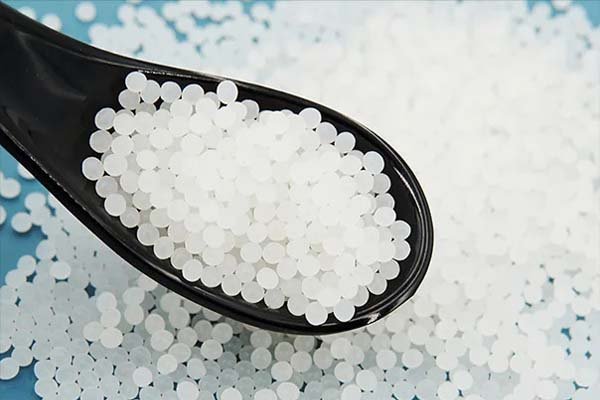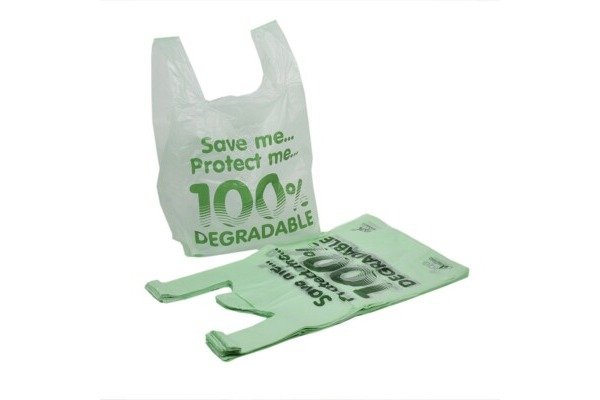
The global plastic waste crisis1 has prompted many businesses to explore alternatives to traditional plastic bags. While transitioning can seem complex or costly, practical solutions are available.
Replacing plastic bags is possible through the use of sustainable materials like biodegradable PLA2 and recycled plastics3. Advanced manufacturing technology is essential for producing these alternatives efficiently and at scale.
This shift involves more than selecting new materials—it requires rethinking the entire production process. Versatile, high-precision machinery is key. Since 2017, BagMec® has developed machines designed to work with a variety of materials, including eco-friendly options. This allows manufacturers to pivot without overhauling their operations.
The aim is to create sustainable bags that perform just as well as conventional plastic ones. For example, BagMec® machines can produce durable shopping bags from compostable films or heavy-duty courier bags using recycled plastics. With the right technology, industries such as retail, e-commerce, and food packaging can adopt environmentally responsible solutions.
What Are the Best Materials to Replace Plastic?
Selecting an appropriate material is critical. With many choices available, it's important to focus on performance and environmental impact.
Top plastic alternatives include biodegradable materials like PLA (polylactic acid), compostable films, and recycled polymers such as rPE and rPP. Paper is also effective for specific applications. The best choice depends on the bag’s intended use.

Each material has distinct advantages and applications. Understanding these differences helps businesses make informed decisions.
Biodegradable and Compostable Films
These materials are designed to decompose naturally, minimizing long-term environmental impact.
- PLA (Polylactic Acid): A widely used bioplastic derived from renewable sources like corn starch. BagMec® machines are calibrated for PLA’s specific requirements, delivering consistent seal strength and quality.
- Other Compostable Polymers: Suitable for industrial composting, these materials require gentle handling. BagMec® machines use features such as "Smart Tension Control" to process these films without damage.
Recycled Plastics (rPE and rPP)
Recycling existing plastic into new products helps reduce overall waste.
- Process Overview: Post-consumer and post-industrial plastics are cleaned and processed into pellets, then formed into film.
- Machine Compatibility: BagMec® machines are equipped to handle films with high recycled content, compensating for variations in material quality. This supports efforts toward a circular economy.
Material Comparison Table
A quick overview of commonly used materials:
| Material | Key Advantage | Best For | Machine Consideration |
|---|---|---|---|
| PLA (Biodegradable) | Naturally decomposes | Shopping bags, food packaging | Requires precise heat and tension control |
| Recycled PE (rPE) | Reduces new plastic production | T-shirt bags, garbage bags, courier bags | Accommodates material inconsistency |
| Paper | Renewable and recyclable | Shopping bags, bread bags | Requires sealing or gluing systems |
| Laminated Films | Good barrier properties | Food pouches, premium retail bags | Needs lamination-specific machines |
How Does Manufacturing Technology Drive This Change?
Material innovation is only part of the solution. Scalable production requires advanced machinery.
Modern bag-making machines are designed for material flexibility, enabling smooth transitions between conventional plastics and eco-friendly alternatives like PLA and recycled films.
BagMec® machines serve as a link between traditional and sustainable manufacturing, providing clear advantages.
Versatility in Material Handling
Older machines typically support only specific materials. Newer systems offer broader capabilities.
- Multi-Material Functionality: Machines such as side-seal and FFS (Form-Fill-Seal) systems accommodate various substrates via adjustable components and digital controls.
- Smart Tension Control: This patented system adjusts film tension dynamically, crucial for managing delicate or inconsistent films. For example, one German client reduced material waste by 18% using this technology.
Energy Efficiency and Operational Savings
Modern machinery can help reduce ongoing costs.
- Energy-Saving Motors: Advanced servo motors consume up to 30% less energy than older models, reducing both costs and emissions.
- Automated Output: Machines can produce up to 1,200 bags per hour, improving labor efficiency and ROI.
Quality and Precision
Eco-friendly bags must meet high standards for strength and reliability.
- Laser Calibration: Ensures machine components are perfectly aligned for clean seals and cuts.
- 5-Stage Quality Control: Includes 72-hour continuous testing, ensuring each unit is production-ready from installation.
Is It Expensive to Switch to Eco-Friendly Bag Production?
Cost is a major concern for businesses considering this transition. However, the financial outlook is often favorable.
While there is an initial investment in equipment, long-term savings are achievable through reduced waste, lower energy use, and access to environmentally conscious markets.
BagMec® supports businesses of all sizes in assessing and managing the cost of transition.
Understanding the Initial Investment
Machine cost varies based on function and specifications.
- Typical Price Ranges:
- Patch Handle Bag Machine: Starting around $8,500
- High-Speed T-Shirt Bag Machine: $17,000–$32,000
- Wicketer Bread Bag Machine: $69,000–$88,000
- Adaptable Solutions: For example, a startup in India secured a compact courier bag machine for under $50,000 to fit its specific needs.
Achieving Long-Term ROI
Efficient technology yields savings over time.
| Cost-Saving Feature | Savings Impact | Example |
|---|---|---|
| Material Efficiency | Less waste | German client cut costs by 18% |
| Energy Efficiency | Lower power bills | Servo motors save up to 30% |
| High Uptime | Consistent output | Machines run at 99% uptime |
| Market Access | Reach new buyers | US brand expanded with compostable bags |
Future-Proofing Production
Governments globally are implementing plastic bans. Investing in sustainable technology helps businesses stay compliant and competitive. IoT-enabled features such as remote diagnostics also support predictive maintenance and operational stability.
Conclusion
Replacing plastic bags is an achievable objective. With the right materials and manufacturing technology, businesses can produce eco-friendly bags at scale without compromising on quality or performance.






